
Andrew Strom is a union lawyer based in New York City. He is also an adjunct professor at Brooklyn Law School.
On August 3, 2020, Serta Simmons Bedding fired 13 workers for engaging in a brief work stoppage to demand a raise. A group of workers left their workstations to try to discuss their demands with the company’s operations manager. Another manager told the workers, “go back to work or you are fired.” In other words, the company flagrantly disregarded one of the workers’ most basic rights protected by the National Labor Relations Act – the right to strike. So, why did the NLRB need to apply a complicated ten-factor test to determine that Serta broke the law?
On August 4, 2023 – three years after the workers were fired – a divided three-member panel of the NLRB issued a decision finding that Serta illegally fired the 13 workers. But, to reach the right answer, the Board considered ten separate factors, most of which should be irrelevant. The source of the ten-factor test is the 2005 decision by the George W. Bush Board in Quietflex Mfg. Co. There, a divided Board panel (with Wilma Liebman dissenting) found that workers who were engaged in a work stoppage lost the protection of the NLRA when they refused to vacate their employer’s parking lot until a sheriff’s deputy told them they needed to leave. In Quietflex, the Board noted ten factors that the Board had considered in deciding whether work stoppages are unprotected when workers remain on the employer’s premises. Those factors are: (1) the reason the employees have stopped working; (2) whether the work stoppage was peaceful; (3) whether the work stoppage interfered with production or deprived the employer of access to its property; (4) whether the employees had adequate opportunity to present grievances to management; (5) whether the employees were given a warning that they must leave or face discharge; (6) the duration of the work stoppage; (7) whether the employees were represented or had an established grievance procedure; (8) whether employees remained on the premises beyond their shift; (9) whether the employees attempted to seize the employer’s property; and (10) the reason why the employees were discharged.
This ten-factor test is flawed because it considers irrelevant issues, and it needlessly complicates the analysis. The backdrop for the Quietflex decision is the Supreme Court’s decision in NLRB v. Fansteel Metallurgical Corp., where the Court held that sit-down strikers lost the protection of the NLRA when they seized and occupied two of the employer’s buildings for nine days. The Court explained that the workers actions were not “a mere quitting of work and statement of grievances,” and by illegally seizing the buildings, the workers provided the employer with cause to discharge them. So, the question the Board and the courts have faced since Fansteel is when a work stoppage to present grievances becomes an improper seizure of the employer’s premises.
Returning to the ten Quietflex factors, it’s not clear what factor 2 adds to factor 3, or what it even means. If one worker in the group engages in misconduct, it shouldn’t strip the entire group of the protections of the Act. Factor 3 has required subsequent clarification, with the Board explaining that the focus is on whether the strikers have interfered with production by preventing non-strikers from performing their duties. To the extent this factor has any relevance, it is subsumed in factor 9. Factor 4 shouldn’t matter – workers don’t lose the right to strike because the employer has previously politely listened to their demands. Factor 6 requires refining to have any relevance – workers are allowed to engage in a lengthy work stoppage. The only relevant question is how much time elapses from the time they are told to leave or go back to work until they do one or the other. While courts have sometimes referred to factor 7, it’s never been decisive – courts have just mentioned it as an additional factor where workers have refused to leave the premises. Factor 8 is beside the point unless the workers were ordered to leave – in other contexts the Board and the courts have held that off-duty workers have a right to be on the premises to engage in protected activity. And, while factor 10 is relevant, if the workers were not fired for attempting to seize the premises, then the remaining nine factors are irrelevant.
One problem with using a ten factor test is that it gives the losing party ten different ways to challenge the Board’s decision. The Board should have learned this lesson from a case that grew out of a 2006 work stoppage at the Los Angeles Airport Hilton. After the Board issued its decision in that case, finding that the employer had illegally suspended 77 workers for participating in the work stoppage, the employer filed a petition for review in the D.C. Circuit. The D.C. Circuit panel found fault with the Board’s handling of three of the ten Quietflex factors, and it remanded the case for the Board to reconsider those factors and to quantify the weight to be given to each of the factors. On remand, the Board once again found that the employer acted illegally, and while the D.C. Circuit upheld that finding, by then nine years had passed since the strike took place.
There is a much simpler way for the Board to approach these cases. First, the Board should differentiate between remaining in a working area versus remaining in a non-working area. The Board has long held that off-duty workers have a right of access at least to outside non-working areas to engage in NLRA protected activity and for many workplaces, there is a strong argument for extending that access right to interior nonworking areas as well. In Quietflex, the workers assembled in the company parking lot, and as Board Member Liebman pointed out in dissent, “a parking lot assembly is not a sit-down strike.”
When workers stop working but remain in a working area, before the employer is allowed to fire the workers, it should be required to reassure them that it will respect their right to strike. After providing that reassurance, and a clear warning of the consequences of remaining on the premises, a subsequent discharge would be lawful. Taking this approach would provide clarity to both workers and employers. Typically, as in the Serta case, there is a dispute as to whether the employer was objecting to the work stoppage or to the refusal to leave the premises. And workers, who often do not understand their rights, may think that if they leave the premises, the employer will view that as quitting. If the employer is only acting to protect its legitimate property interest, it should have no objection to providing reassurance that it will not retaliate against workers for striking. And, providing that reassurance is likely to reduce the duration of any stand-off. But, in cases like Serta, when an employer sends workers a letter saying they are fired for “refusal to return to work,” the Board shouldn’t need a ten-factor analysis to find that the employer has broken the law.

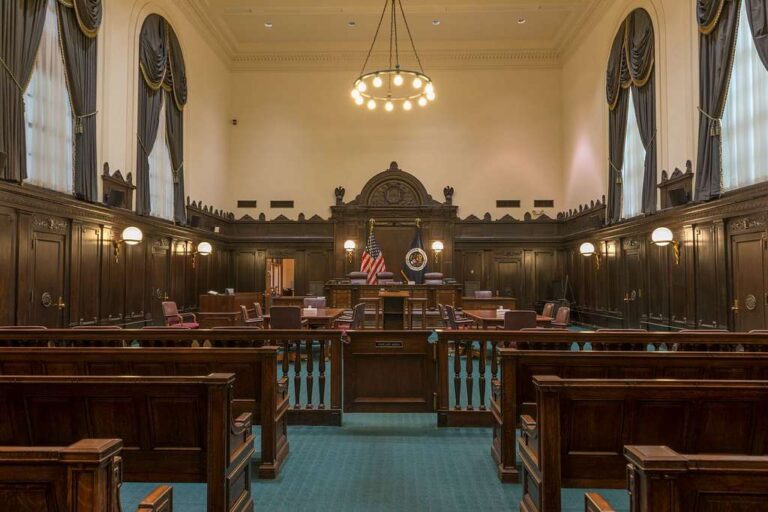

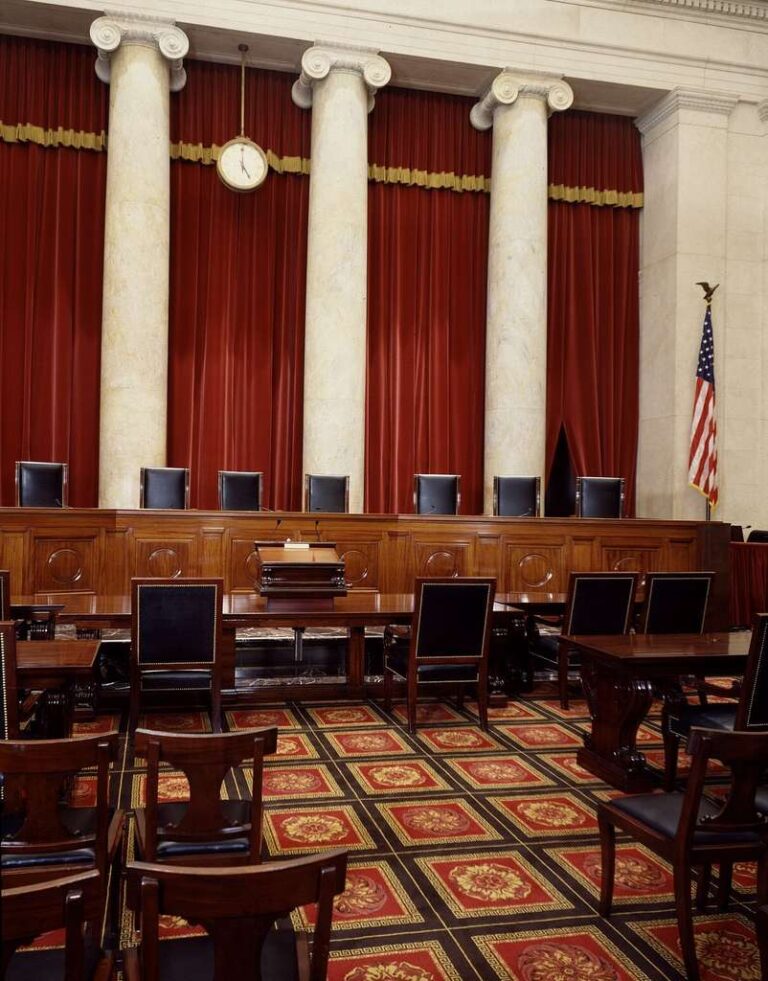


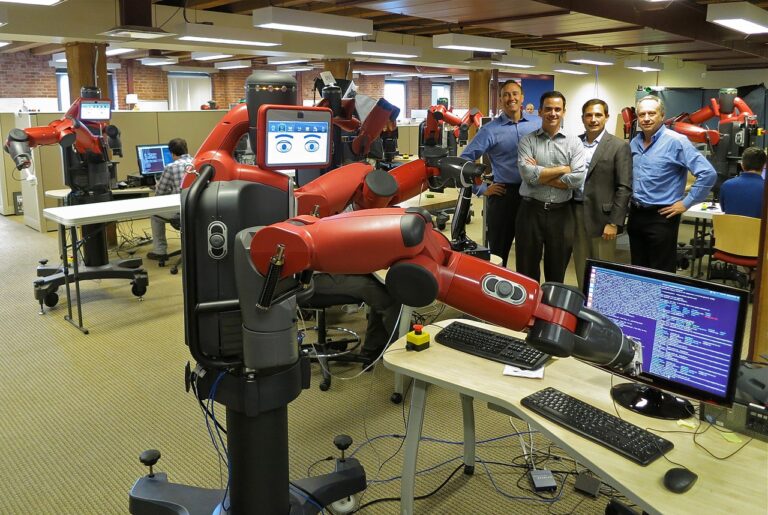
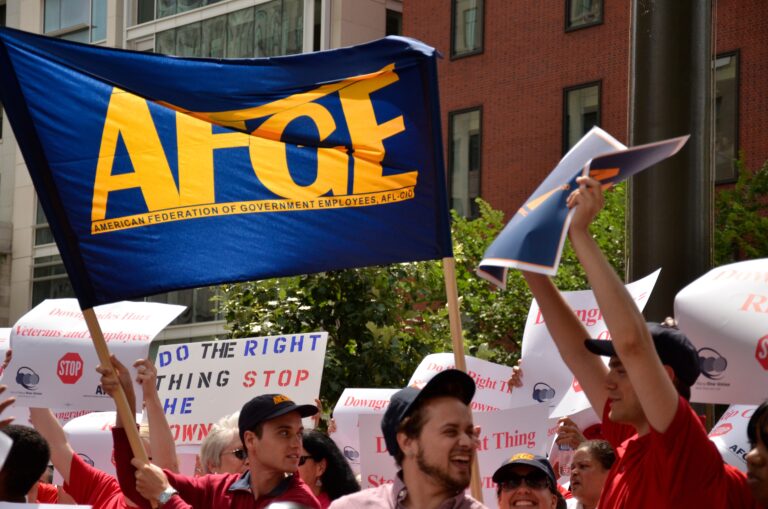
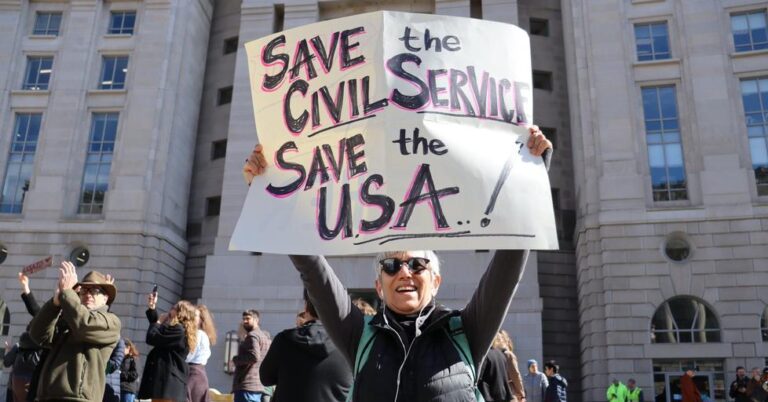

Daily News & Commentary
Start your day with our roundup of the latest labor developments. See all
December 8
Private payrolls fall; NYC Council overrides mayoral veto on pay data; workers sue Starbucks.
December 7
Philadelphia transit workers indicate that a strike is imminent; a federal judge temporarily blocks State Department layoffs; and Virginia lawmakers consider legislation to repeal the state’s “right to work” law.
December 5
Netflix set to acquire Warner Bros., Gen Z men are the most pro-union generation in history, and lawmakers introduce the “No Robot Bosses Act.”
December 4
Unionized journalists win arbitration concerning AI, Starbucks challenges two NLRB rulings in the Fifth Circuit, and Philadelphia transit workers resume contract negotiations.
December 3
The Trump administration seeks to appeal a federal judge’s order that protects the CBAs of employees within the federal workforce; the U.S. Department of Labor launches an initiative to investigate violations of the H-1B visa program; and a union files a petition to form a bargaining unit for employees at the Met.
December 2
Fourth Circuit rejects broad reading of NLRA’s managerial exception; OPM cancels reduced tuition program for federal employees; Starbucks will pay $39 million for violating New York City’s Fair Workweek law; Mamdani and Sanders join striking baristas outside a Brooklyn Starbucks.